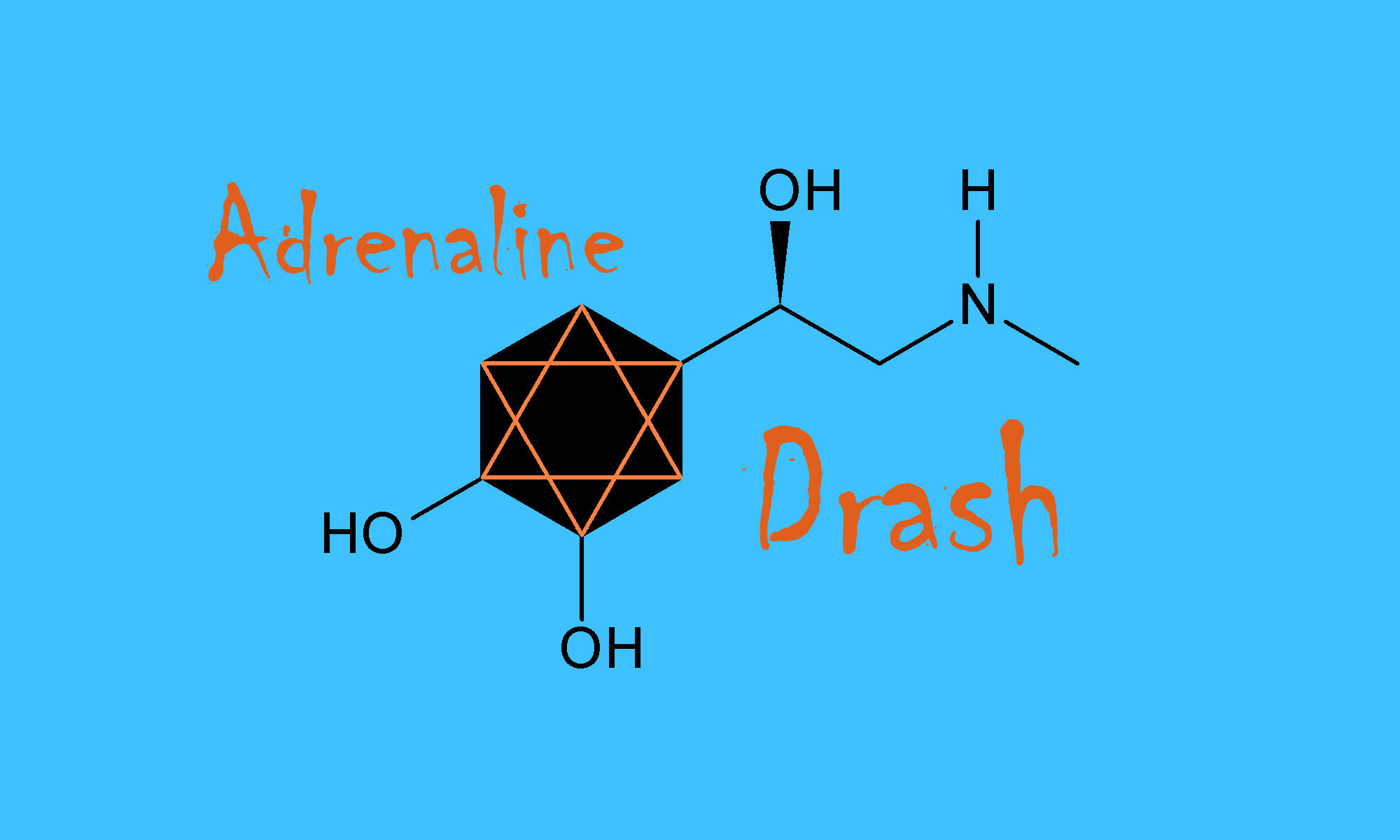 It wasn’t my idea, I admit. A colleague of mine at UNC-Charlotte overheard me bemoaning the task of teaching our department’s Judaism course. Said colleague occasionally has to teach the general course on Christianity. He sympathized.
It wasn’t my idea, I admit. A colleague of mine at UNC-Charlotte overheard me bemoaning the task of teaching our department’s Judaism course. Said colleague occasionally has to teach the general course on Christianity. He sympathized.
For one thing, he and I fully agree: There is no such thing as either Christianity or Judaism — not the way we are wont to believe, anyway — until about the fourth century CE. More about that later.
For another, no matter how you shake it, either topic is unwieldy, difficult, and a pedagogic pain. Do you teach festivals? Liturgy? Scriptures? Great thinkers? Which history do you emphasize? Whose?
“Why don’t you choose a particular theme?” Mr. Colleague suggested. “How about Jewish humor?”
“Mel Brooks,” I said.
“Woody Allen!” he added.
“Moshe Waldocks,” I rejoined happily.
“Who?”
“The co-editor of The Big Book of Jewish Humor,” I said. “Funny guy.”
“Ah,” Mr. Colleague said.
I was excited. I collected jokes to tell at the beginning of each class. I practiced them at home. I invited my students to tell Jewish jokes. I assigned Mel Brooks and Woody Allen, stories and films, and The Year of Living Biblically. I thought we’d have a blast.
Not.
It was awful. I’d tell a joke with perfect timing. My students stared at me uncomprehendingly. They did not understand why Mel Brooks made fun of Adolf Hitler. They did not understand jokes about blood libel or pogroms. Actually, most had never heard of a pogrom.
I’ve been wondering ever since about my failed attempt at finding an entertaining way to teach Judaism. I’ve mused while bemused. Why were they so lost, so unsure why the material was funny? After all, Annie Hall was a great hit. There just aren’t enough Jews in These United States of America to explain the profits Woody Allen has raked in over the years. In despair, I began wondering how my students would have reacted to a series of “why did the chicken cross the road” jokes. Maybe, I thought, they are so oppressed by our lousy economy and the debt they are racking up in pursuit of an education that there’s nothing they would find funny these days.
Segue – though not, actually.
A few weeks ago, I was sitting in my surgeon’s office, getting bad news. The lumps on my thyroid we’d been watching for more than a year had apparently demonstrated significant get up and go. One had grown by twenty-five percent. I had tried to avoid the knife, but it seemed pretty clear to my surgeon that my bumpy thyroid was going to have to go.
My surgeon is a Really Nice Guy who is, as locals say in Concord, North Carolina, “from around here.” He is tall, fit, and clean-cut. He is thoroughly pleasant, has a lovely and light southern accent, and is a wonderful listener.
He reminds me very much of an older version of Chip Hilton, the beautifully moral figure of the adolescent boy novels I read as a young girl. (I was a tomboy in my youth. I read all of my older brother’s Chip Hilton novels. Touchdown Pass, Fourth Down Showdown, Strike Three.)
“So,” I said, “how long will it take me to recover after you slit my throat?”
“Barbara!” he said.
“Sorry,” I said, “it’s my heritage talking.”
I thought it was funny. I doubt my surgeon agreed. Like my students, he looked at me with a mixture of shock and confusion.
How do I explain this to happy, white, and – let’s face it – mostly Christian Americans? Jews are schlepping around a lot of ugly history in which Jews were oppressed, suppressed, and repressed. These facts of our lives were, in many respects, the least of our worries in the old country.
One way to deal with persistent powerlessness is to devalue power. If I pretend the knife is a joke, I can conquer fear. If Mel Brooks can make fun of Hitler, he (and we) can understand how to live after the Shoah which decimated our people.
I needed to teach misery first, I decided. Then I could teach Jewish humor.
So this semester, my students are learning a lot about European Jewish history. Oppression, suppression, and repression figure in that history. Then they will read The Dance of Genghis Cohn, a novel in which a Jewish man is executed by a Nazi. The Jewish fellow, a third-rate comedian by the name of Cohn, becomes a dybbuk and merrily haunts his executioner. The Nazi learns, in the process, various Yiddish expressions, how to cook kosher meals, and how to observe Jewish holidays. It’s hilarious.
Jewish humor is, as Cohn says, a “way of screaming.”
Or coping. Or understanding.
This time, around, I hope my students will get it.
Here’s why. Maybe if we all got it, future generations of Jews will happily content themselves with lighter forms of humor.
And they’ll want to know, too: Why did the chicken cross the road?

